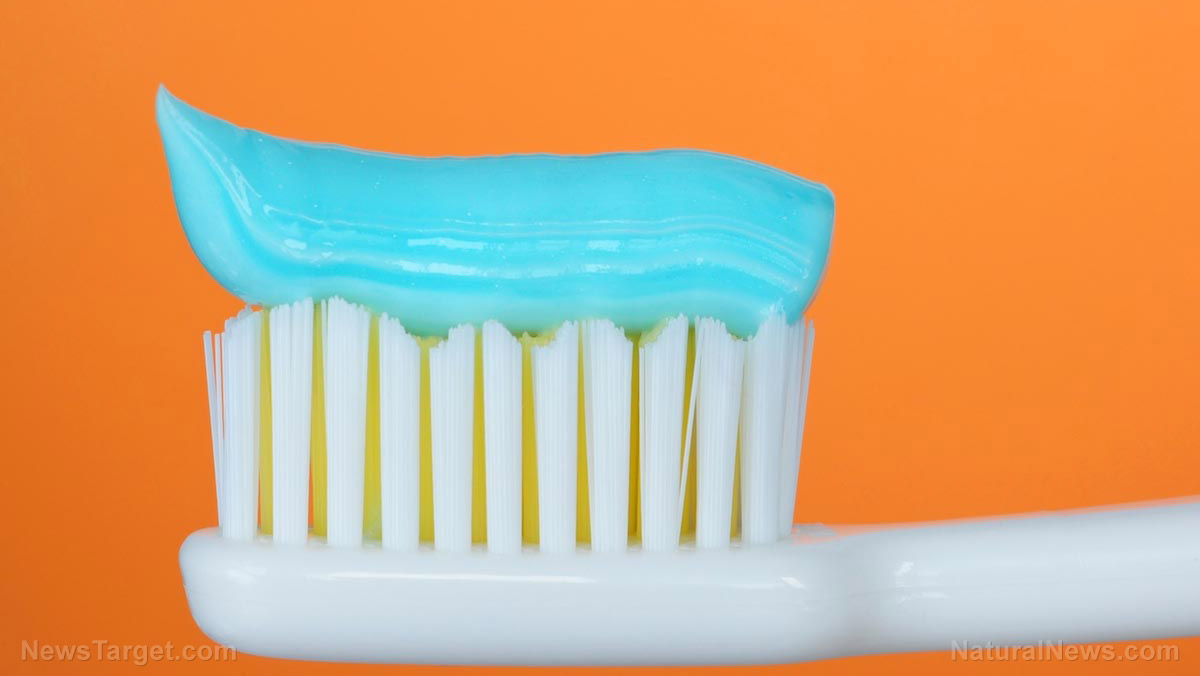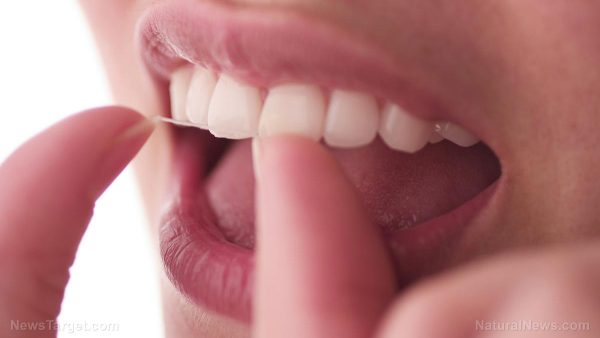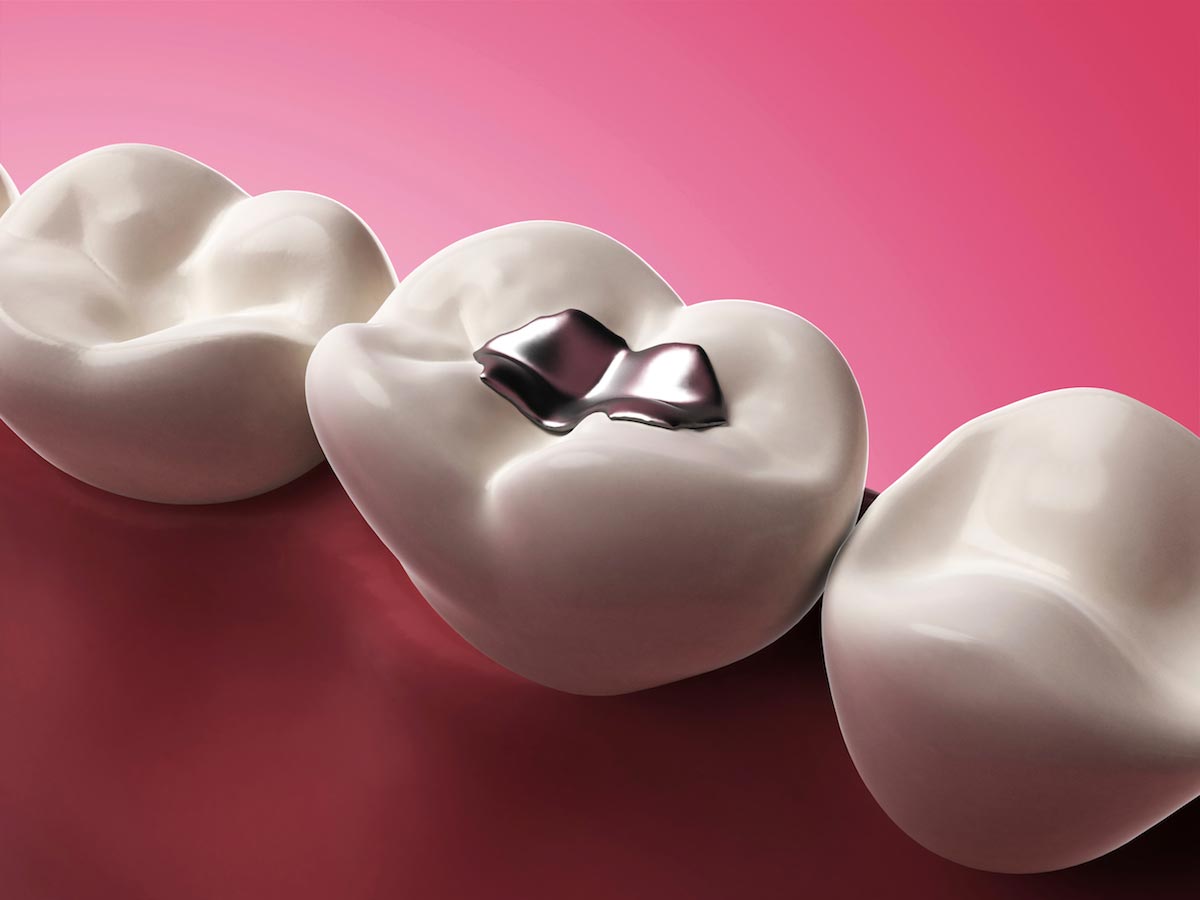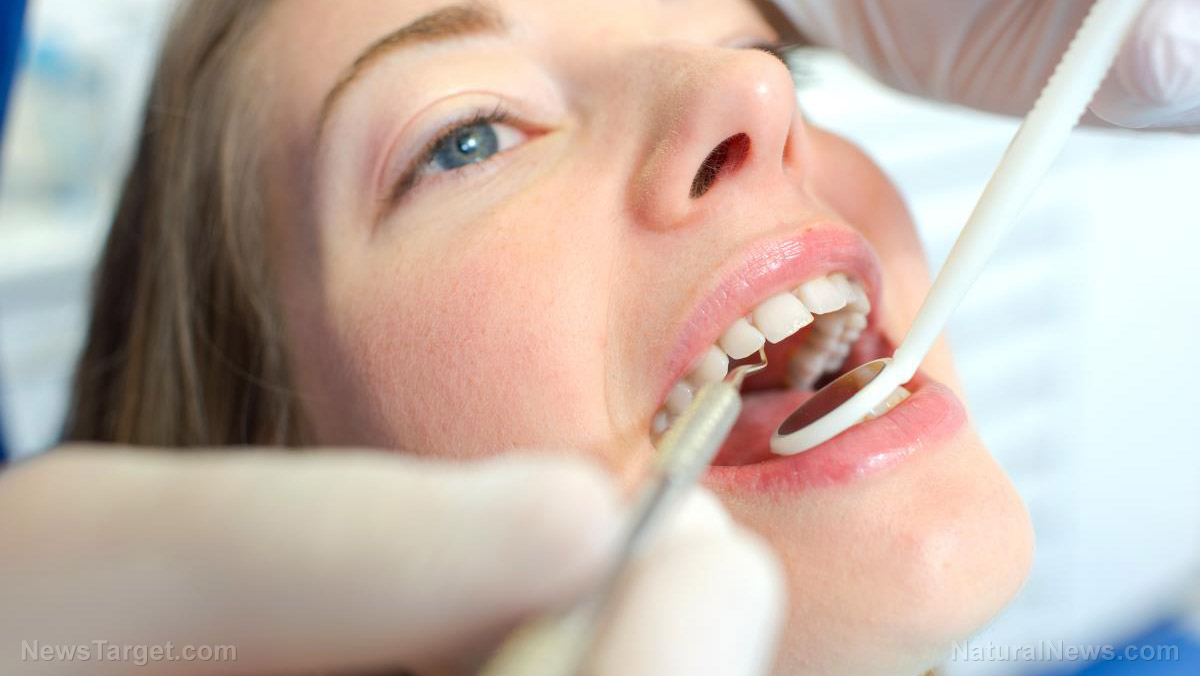Dental hygiene found to affect Type 2 diabetes
07/12/2018 / By Michelle Simmons

People with Type 2 diabetes may manage their condition better if they regularly get checked for periodontal disease, according to recently published research.
The study was carried out by a team of researchers from the Faculty of Medicine and Health Sciences of the University of Barcelona in Spain who evaluated the effect of non-surgical periodontal treatment on serum glycated hemoglobin levels in people with Type 2 diabetes. In the study, the research team conducted a randomized clinical trial for six months on 90 individuals with Type 2 diabetes.
The participants were then divided into two groups: the treatment group and control group. In addition to oral hygiene instructions, the treatment group also received scaling and root planing using ultrasound and Gracey curettes. On the other hand, the control group received oral hygiene instructions and supragingival removal of plaque and tartar with the use of ultrasound. Scaling and root planing involves a deep cleaning below the gum line, while supragingival removal of plaque and tartar only involves the removal of plaque and tartar from above the gum line.
The team also assessed the pocket depth, gingival index, and plaque index of the participants after three and six months since the study was conducted as well as their glycated hemoglobin levels, fasting plasma glucose, and oral bacteria levels.
The findings of the study, published in The Journal of Clinical Periodontology, showed that patients who received scaling and root planing treatment in addition to oral hygiene instructions had a better glycemic status of Type 2 diabetes compared to those who received oral hygiene instructions and supragingival removal of plaque and tartar who did not show any improvement in their condition. The study indicates that oral hygiene affects the management of Type 2 diabetes.
“The main conclusion of the study is that the non-surgical treatment of periodontitis improves the glycaemic status and levels of glycated haemoglobin, and therefore proves the great importance of oral health in these patients,” said José López López, one of the researchers.
“In this new study, we saw that there is not only a relation between them going from diabetes to periodontal diseases, but the other way round, from the periodontal disease to diabetes,” Miquel Viñas, the study’s lead researcher, explained.
More on periodontal disease and diabetes
Periodontal disease — which also goes by the name periodontitis — is a severe gum infection that damages the soft tissue and destructs the bone that supports the teeth. This disease can cause the teeth to loosen or lead to tooth loss. Although common, it is highly preventable, as it is a result of poor oral hygiene. On the other hand, Type 2 diabetes is the most common type of diabetes which develops when blood sugar (called glucose) is too high. Blood sugar is the main source of energy and mainly comes from the food a person eats. In this type of diabetes, the body does not produce enough insulin, which helps glucose get into the cells to be used for energy, or does not utilize insulin properly.
Research has shown that the relationship between periodontal disease and diabetes is a two-way relationship. Diabetic patients are more at risk of developing periodontal disease, which can lead to a spike in blood sugar and diabetic complications. On the other hand, periodontitis may make it more difficult for diabetes patients to control their blood glucose. (Related: Scientists figure out why diabetes causes gum disease and a loss of oral health.)
If you’d like to read more news stories and studies on diabetes, please go to DiabetesScienceNews.com.
Sources include:
Tagged Under: dental health, dental hygiene, diabetes, diabetes management, diabetes prevention, oral health, oral hygiene, periodontal disease, periodontitis, Type 2 Diabetes
















